Close to the Stanford family mausoleum is a cactus garden originally designed in the early 1880s by landscape architect Rudolf Ulrich. “Arizona gardens” were all the rage in Victorian-era California and Ulrich was in high demand for his creations. Two of his most elaborate originals still exist: one is located at Herrmann Hall (previously the Hotel del Monte) in Monterey and the other at Stanford.
The Stanford creation was planted before the founding of the university as a piece of a larger design that included a lake and new family home for the Stanfords. But, with the death of Leland Stanford Jr. all plans were abandoned and the couple’s last years revolved around building Stanford University.
If you look at the garden from above, it’s shaped like a gigantic turtle. Bright red torch lilies make up the head and attract hummingbirds (this is a great place to look for birds).
The left side of the turtle body is comprised of what we’ve come to know as traditional cacti (prickly pears, columnar cacti, monstrose cacti, golden barrel cacti) and a fair number of yucca plants. These are meant to represent the Western Hemisphere and plants that traditionally come from the Americas.
The right side of the turtle body is dedicated succulents (aloe, agave, nolina, soap aloe, crassulas, jade), palms and a boojum tree. Two large Italian cypress trees provide height and shade. This is meant to represent plants traditionally from the Eastern hemisphere but can still thrive in California.
After the death of Jane Stanford, the plot was never removed (like the arboretum cemetery) and thrived until the 1920s. However, by World War 2 the area was largely ignored and then eventually abandoned. But in a testament to the survivability of cacti, many of the original plants still exist. The garden was eventually renovated (1997) and is now maintained by volunteers who tend to the cacti once a month.

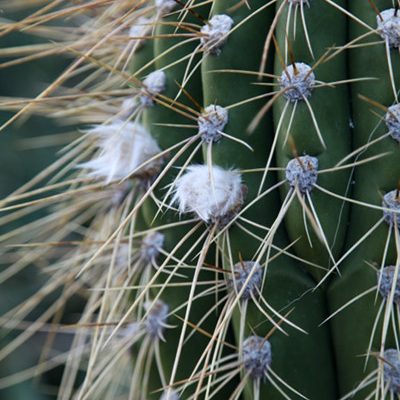
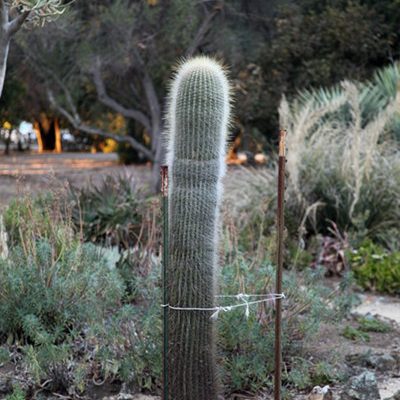
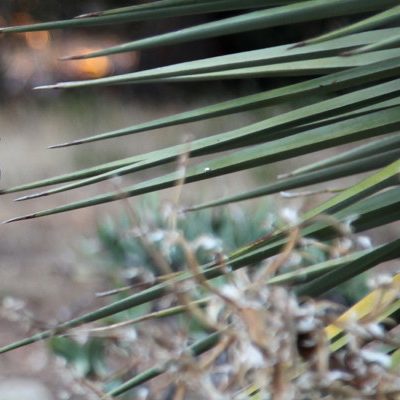
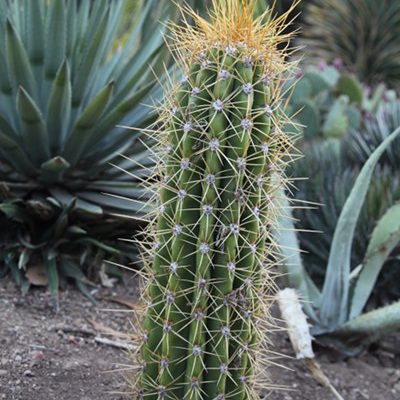
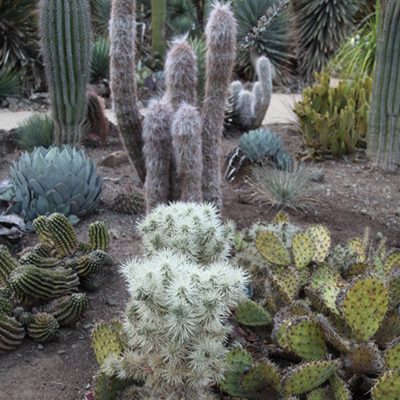
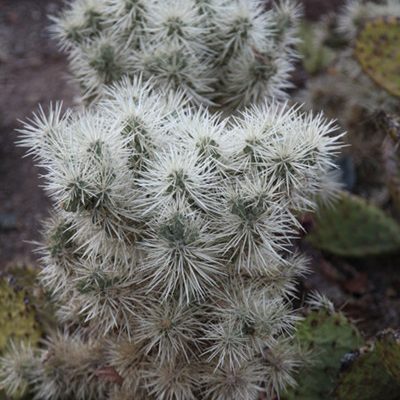
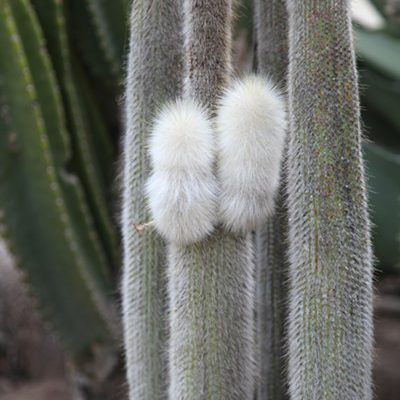
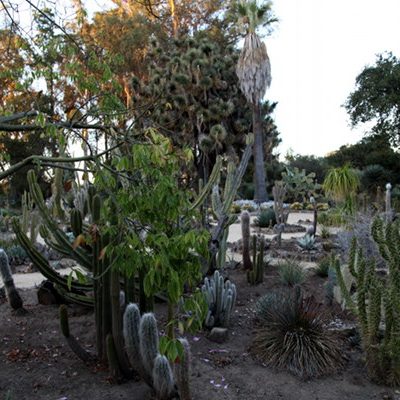
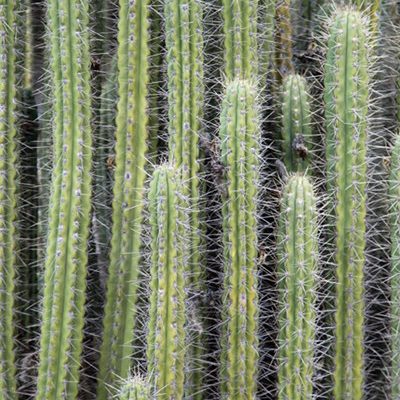
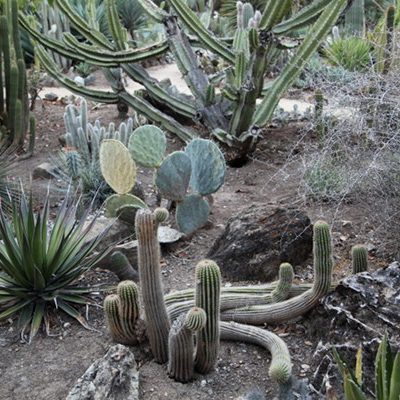
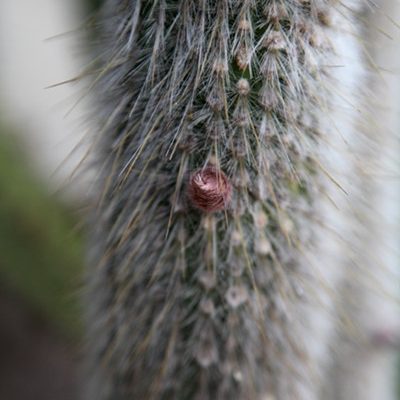
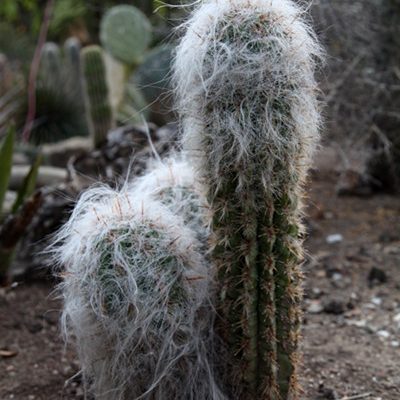
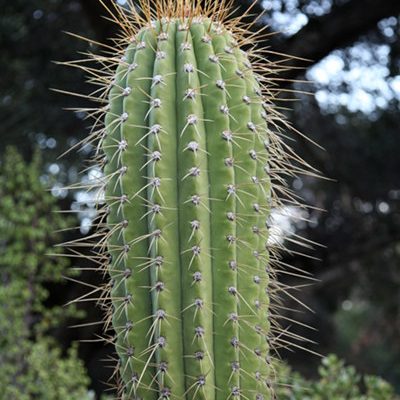
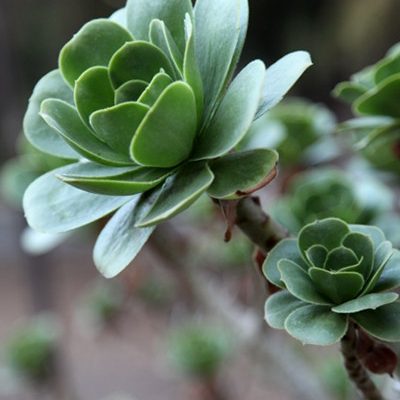
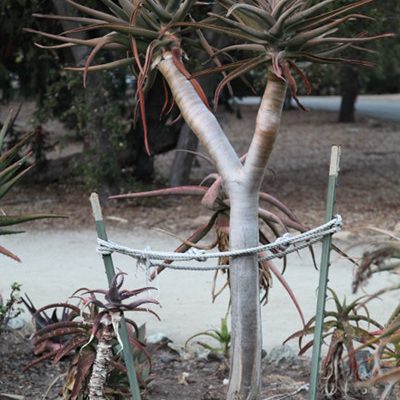
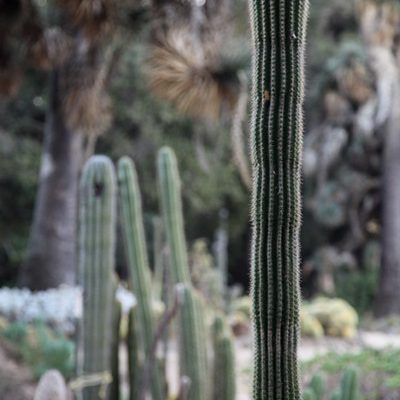
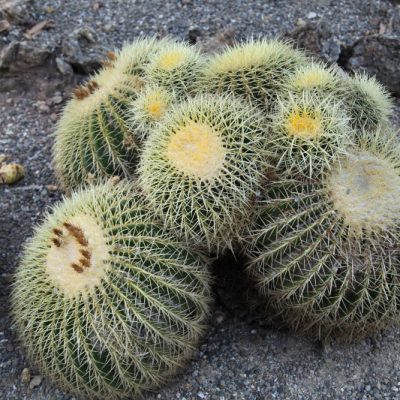
0 comments on “Arizona Cactus Garden, Palo Alto”Add yours →